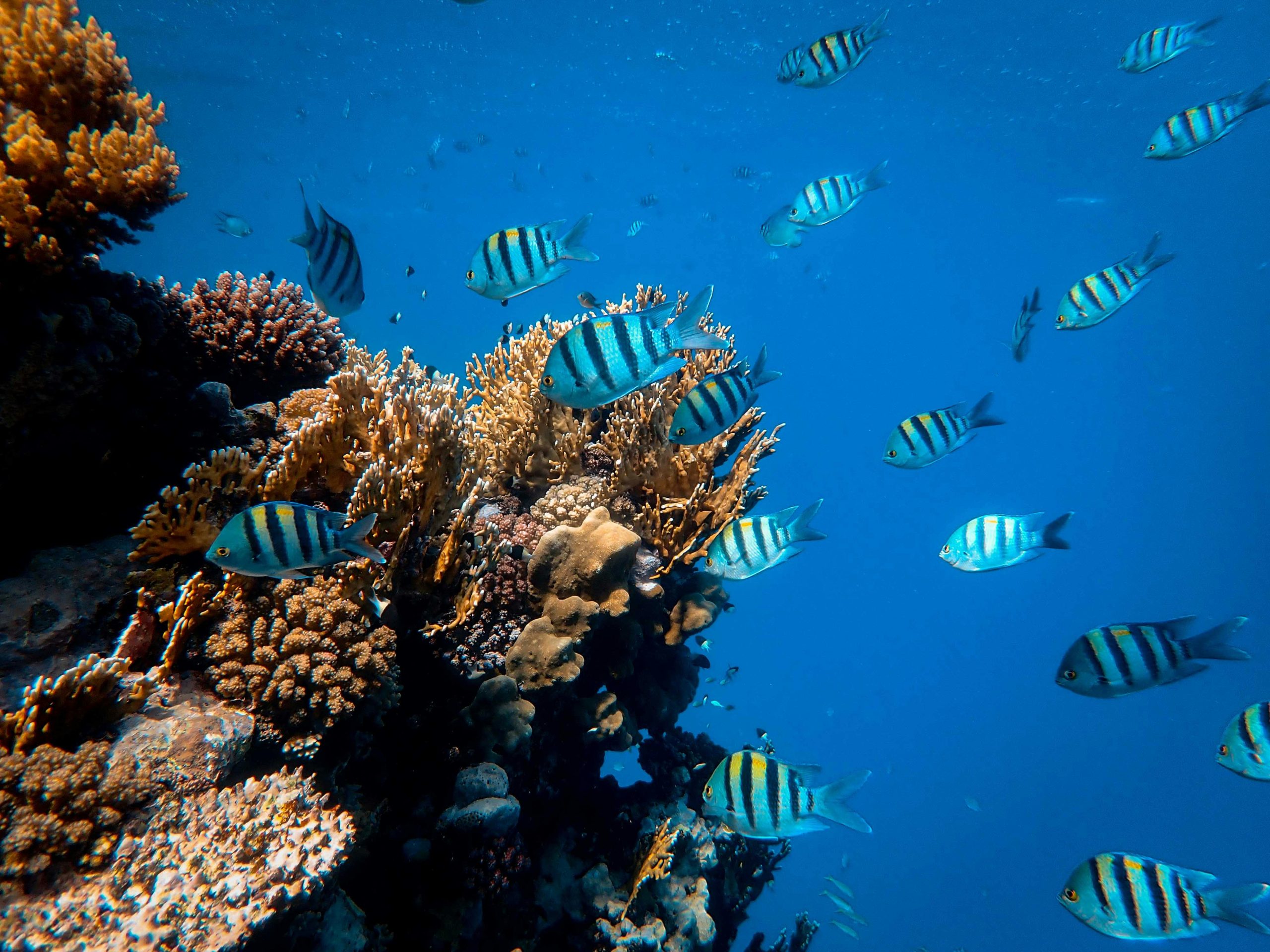Table of Contents
![]()
Maintaining a stable and suitable environment for aquatic life is crucial for any aquarium enthusiast. One key component in achieving this balance is the aquarium heater. This article explores the different types of aquarium heaters, their functions, how to choose the right one, and tips for installation and maintenance.
Types of Aquarium Heaters
Aquarium heaters come in various designs, each suited to different needs and tank setups.
Submersible Heaters
Submersible heaters are designed to be fully submerged in the water. They are typically placed horizontally or vertically within the aquarium. The advantages of submersible heaters include their effectiveness in distributing heat throughout the tank and their generally compact design. However, they can be more challenging to clean and may require regular maintenance to ensure they are functioning correctly.
Hang-on Back Heaters
Hang-on back heaters are installed outside the tank, with a portion of the heater submerged. These heaters are easier to access for adjustments and maintenance and are often used in smaller or less densely populated tanks. On the downside, they may not provide as even a heat distribution as submersible heaters and can be less efficient in larger aquariums.
Inline Heaters
Inline heaters are installed in the tubing of a canister filter or other external filtration system. They offer precise temperature control and are efficient in heating larger tanks. Since they are hidden from view, they contribute to a cleaner aquarium aesthetic. However, their installation can be more complex, and they are typically more expensive than other types of heaters.
Immersible Heaters
Immersible heaters are designed to be partially submerged, with a portion of the unit exposed above the waterline. They are generally easier to install and maintain but may not be suitable for all aquarium setups. Their heating effectiveness can vary based on the design and placement within the tank.
Functions of Aquarium Heaters
The primary role of aquarium heaters is to regulate the water temperature, which is vital for the health and well-being of aquatic life.
Temperature Regulation
Aquarium heaters maintain a stable water temperature, preventing fluctuations that can stress fish and other aquatic organisms. Most heaters come with thermostats to help regulate the temperature and keep it within a specific range, ensuring a consistent environment for the tank’s inhabitants.
Supporting Aquatic Life
Different species of fish and aquatic organisms have specific temperature requirements. For instance, tropical fish generally need warmer water temperatures, while cold-water species thrive in cooler conditions. A properly functioning heater ensures that the temperature remains within the optimal range for the species housed in the aquarium, promoting their health and normal behavior.
Encouraging Biological Processes
Stable water temperatures are essential for various biological processes in an aquarium. For example, consistent warmth supports the growth and reproduction of fish and promotes the activity of beneficial bacteria that aid in maintaining water quality. A heater that maintains the correct temperature helps to create a balanced and thriving aquatic environment.
Choosing the Right Heater
Selecting the appropriate heater for your aquarium involves considering several factors.
Factors to Consider
- Size of the Aquarium: The size of the tank determines the wattage and type of heater needed. Larger tanks generally require more powerful heaters or multiple units to ensure even heat distribution.
- Type of Aquatic Life: The temperature needs of the fish and plants in your tank will influence your heater choice. Research the specific temperature requirements of your aquatic species to select a heater that meets those needs.
- Heater Capacity and Wattage: Heaters come in various wattages, which should be matched to the size of the aquarium. A common guideline is to use 3-5 watts per gallon of water. For example, a 50-gallon tank may require a 150-250 watt heater.
Quality and Reliability
When choosing a heater, consider the brand’s reputation and the product’s features. Reliable heaters often come with built-in thermostats for precise temperature control and safety features to prevent overheating. Investing in a high-quality heater can provide peace of mind and ensure a stable environment for your aquatic life.
Installation and Maintenance
Proper installation and regular maintenance are key to ensuring your heater functions effectively.
Proper Installation
- Placement in the Aquarium: Submersible heaters should be placed in areas of the tank with good water circulation to ensure even heating. Avoid placing heaters near the filter outlet or substrate where water flow might be obstructed.
- Positioning and Securing the Heater: Ensure the heater is securely positioned and properly submerged according to the manufacturer’s instructions. For hang-on back heaters, ensure the unit is correctly aligned and the water level is sufficient.
Regular Maintenance
- Cleaning and Inspecting the Heater: Regularly clean the heater to prevent algae and debris buildup, which can affect performance. Inspect the heater for any signs of damage or wear.
- Checking for Proper Function and Safety: Periodically check the heater’s temperature settings and functionality to ensure it maintains the correct temperature. Test the heater’s safety features, such as automatic shut-off, to prevent overheating or malfunction.
Troubleshooting Common Issues
Occasionally, aquarium heaters may encounter issues that require troubleshooting.
Heater Not Working
- Potential Causes: The heater might be unplugged, have a broken thermostat, or be experiencing an electrical fault.
- Solutions and Checks: Ensure the heater is properly plugged in and check the thermostat settings. If the heater is still not working, consult the manufacturer’s troubleshooting guide or consider replacing the unit.
Temperature Fluctuations
- Possible Reasons: Fluctuations may result from a malfunctioning heater, incorrect heater placement, or external temperature changes.
- Adjustments and Fixes: Verify that the heater is working correctly and is properly positioned. Consider using a backup heater or a temperature controller to stabilize the water temperature.
Heater Malfunctions
- Overheating or Underheating: This can occur due to a faulty thermostat or a malfunctioning heating element.
- Electrical Issues: Inspect for any visible damage to the heater’s power cord or connections. If problems persist, consult a professional or replace the heater.
Conclusion
Aquarium heaters play a vital role in maintaining a stable and healthy environment for aquatic life. By choosing the right type of heater, understanding its functions, and performing regular maintenance, aquarists can ensure their tanks remain at optimal temperatures for the well-being of their fish and other aquatic organisms. With proper care, a reliable heater can contribute to a thriving and balanced aquatic ecosystem.
Share This





Be the first to comment